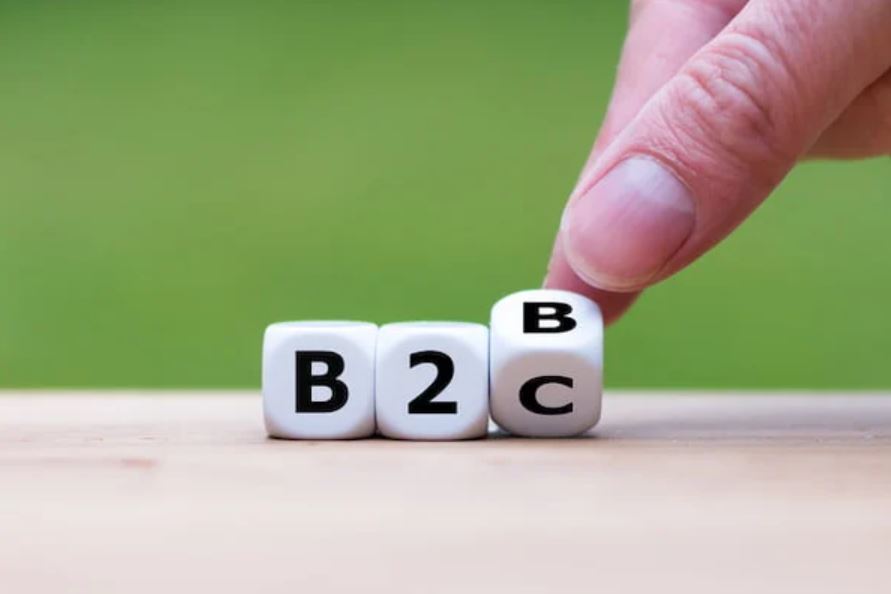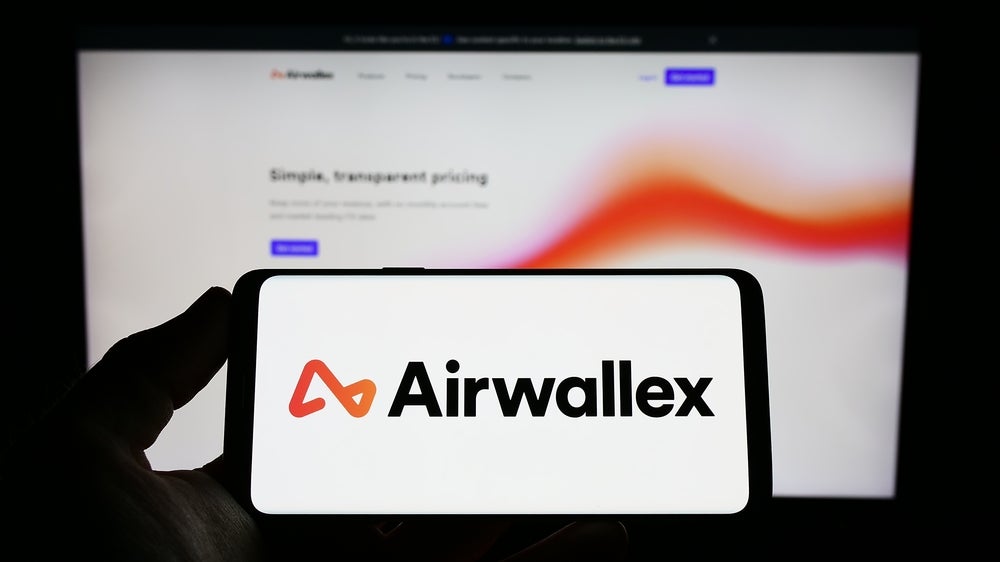
Often B2B payments technology lags behind its C2B equivalent. While sending a payment over a service like PayPal is near instantaneous, sending the same payment between companies, or from a company to a customer, can take days or even weeks. There are many good reasons for this delay, primarily to ensure that all parties are protected. But for merchants having to hold back payments to their suppliers — while their own customers delay payments because their accounting department only sends payments periodically, such as once a month — can be hugely frustrating.
In the UK alone, nearly three in five (58%) businesses are owed money from late payments. Another report suggests that 93% of companies experience late payments regularly, and despite average expected terms of 27 days, most payments take on average 34 days, if not longer. More worryingly, the average merchant writes off 1.5% of its receivables – 1.5% of everything they stand to make simply vanishes, and this can be enough to make or break businesses when so many operate on razor-thin margins.
Late payments and razor-thin margins are part of many factors contributing to sluggish growth in numerous developed economies, alongside supply chain problems, labour issues, the ongoing fallout of the COVID-19 pandemic and spiralling inflation. If businesses had that extra 1.5% to reinvest or simply to keep their heads above water — and if they could be paid on time rather than waiting months — then they could start to put themselves, and the economy at large, on a path to recovery.
Bringing C2B ideas into a B2B environment
An accounting or payments professional dealing with late and failed payments might order a new television on their phone during their lunch break with terms that suit them, thanks to financing options embedded in many major eCommerce sites. There are two entirely different worlds when it comes to payments, and a great deal of the innovation that B2B payments needs is happening in the C2B space and not crossing over.
The B2B payments space was worth a staggering $49 trillion in 2021 and is predicted to exceed $54 trillion this year. Although this 10% growth may seem to be good news, in context it reflects a “slow recovery in business activity following the impact of the COVID-19 pandemic.” Meanwhile, we have seen new payment innovations in the form of virtual cards. Real-time payments have been a standard in C2B and C2C payments for over a decade.
Therefore, it is important to explore some of the key technologies that can drive this change and how they could operate in a B2B environment:
How well do you really know your competitors?
Access the most comprehensive Company Profiles on the market, powered by GlobalData. Save hours of research. Gain competitive edge.

Thank you!
Your download email will arrive shortly
Not ready to buy yet? Download a free sample
We are confident about the unique quality of our Company Profiles. However, we want you to make the most beneficial decision for your business, so we offer a free sample that you can download by submitting the below form
By GlobalDataTackling cash flow challenges
Cash flow is any company’s lifeblood. Without it, everything shuts down.
Despite the importance of cash flow, the systems that bring cash into and out of businesses aren’t built to optimise cash flow, especially within the card environment. Aside from the significant delays in payments being actioned, acquirers can hold funds for multiple days before releasing them – sometimes longer if weekends and public holidays are a factor. Of course, there are many reasons why acquirers do not release funds immediately, and it can still cause cash flow problems when a company must wait many working days or weeks to pay a supplier, who in turn has to wait days or weeks to pay their suppliers, and so on.
What’s needed is an ability to access incoming funds immediately, without the need to wait for settlements and instantly make payouts when needed. More specifically, a solution is needed that allows companies immediate access to incoming customer funds that can be used to make outgoing supplier payments, all in real time inside a single platform.
Virtual cards
The global value of virtual card transactions alone is expected to soar from $1.9 trillion in 2021 to an astronomical $6.8 trillion by 2026. This will be fuelled by an urgent need for companies to optimise their back-office processes; currently too much time and money is spent on the complex processes described above, which require modernising.
Virtual cards change this. Say a company needs to pay its supplier for their goods. They could either go through the standard payments process, which can take months, or create a virtual credit card, in real-time, with the amount that they need to pay, with which they can pay their invoice immediately. Rather than requiring a line of credit to bridge the gap between the incoming funds and outgoing payments, the technology does exist to give companies instant access to incoming funds, which they can immediately use to make outgoing supplier payments without having to wait for funds to settle — helping solve cashflow constraints.
These payments are far more secure than their counterparts. Even if the one-time use virtual card is compromised, it will only contain the funds needed for its intended purpose, and they can be reclaimed through chargeback procedures. Virtual cards also allow for much greater transparency and centralised control that can inform payments decisions and prevent losses.
The ease of C2B in B2B
There are many providers of virtual cards, but until recently there was no provider that could connect two traditionally separate payment functions and de-risk the payment process while unlocking new benefits through a single integration, with one contract for a global market. Now by bringing these functions together it makes payments simpler for B2B companies, allowing companies to immediately access the incoming funds that are being paid to them. Instant access to incoming funds allows companies to immediately make supplier payments and fulfil transactions in real time.







